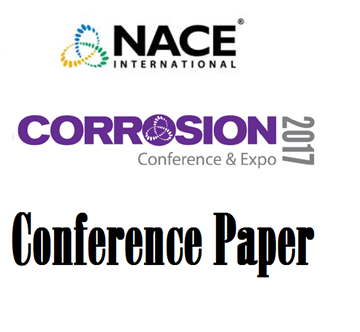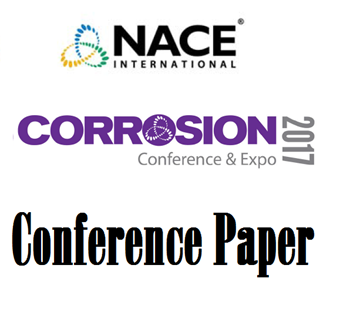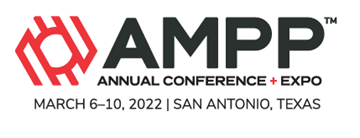Search
Individual Conference Papers
View as
Sort by
Display
per page
Materials Performance of Corrosion-Resistant Alloys in Individual and Mixed Acids
Product Number:
51317--9409-SG
ISBN:
9409 2017 CP
Publication Date:
2017
$20.00
Materials Selection Challenges for Geothermal Energy Projects
Product Number:
51317--9258-SG
ISBN:
9258 2017 CP
Publication Date:
2017
$20.00
Materials Selection For Seawater Injection Service – Crevice Corrosion Testing Of Stainless Steels Under Controlled Dissolved Oxygen
Product Number:
51321-16527-SG
Publication Date:
2021
$20.00
Maximizing Materials Utility through a Next Life Optimization Process
Product Number:
51324-20604-SG
Publication Date:
2024
$40.00
MEA Triazine Contactor Optimization to Increase Efficiency and Reduce Fouling Potential
Product Number:
51324-20391-SG
Publication Date:
2024
$40.00
Measurement of Internal Coating Stresses of MIL-PRF-23377 Top Coated with MIL-PRF-8528
Product Number:
41215-884-SG
Publication Date:
2015
$20.00
Measurement of Internal Coating Stresses of MIL-PRF-23377 Top Coated with MIL-PRF-8528
Product Number:
41216-954-SG
Publication Date:
2016
$20.00
Measurement of surface hydrogen concentration of steels in concreate with electrochemical hydrogen permeation method
Product Number:
51323-19016-SG
Publication Date:
2023
$20.00
Measuring Chemical Composition Of Pipeline Steel Using Laser Induced Breakdown Spectroscopy (LIBS) Technology
Product Number:
51322-18193-SG
Publication Date:
2022
$20.00
Measuring IR-Free Potential: Analysis of the Remaining IR Components in the Off Measurements and Importance of the Design of SRE with Integrated Coupon to Obtain it.
Product Number:
51323-18803-SG
Publication Date:
2023
$20.00
Measuring Sodium Chloride, Salt and Soluble Contaminants
Product Number:
41216-964-SG
Publication Date:
2016
$20.00
Measuring the Localized Corrosion Due to Carbonic Acid
Product Number:
51319-12923-SG
Publication Date:
2019
$20.00












